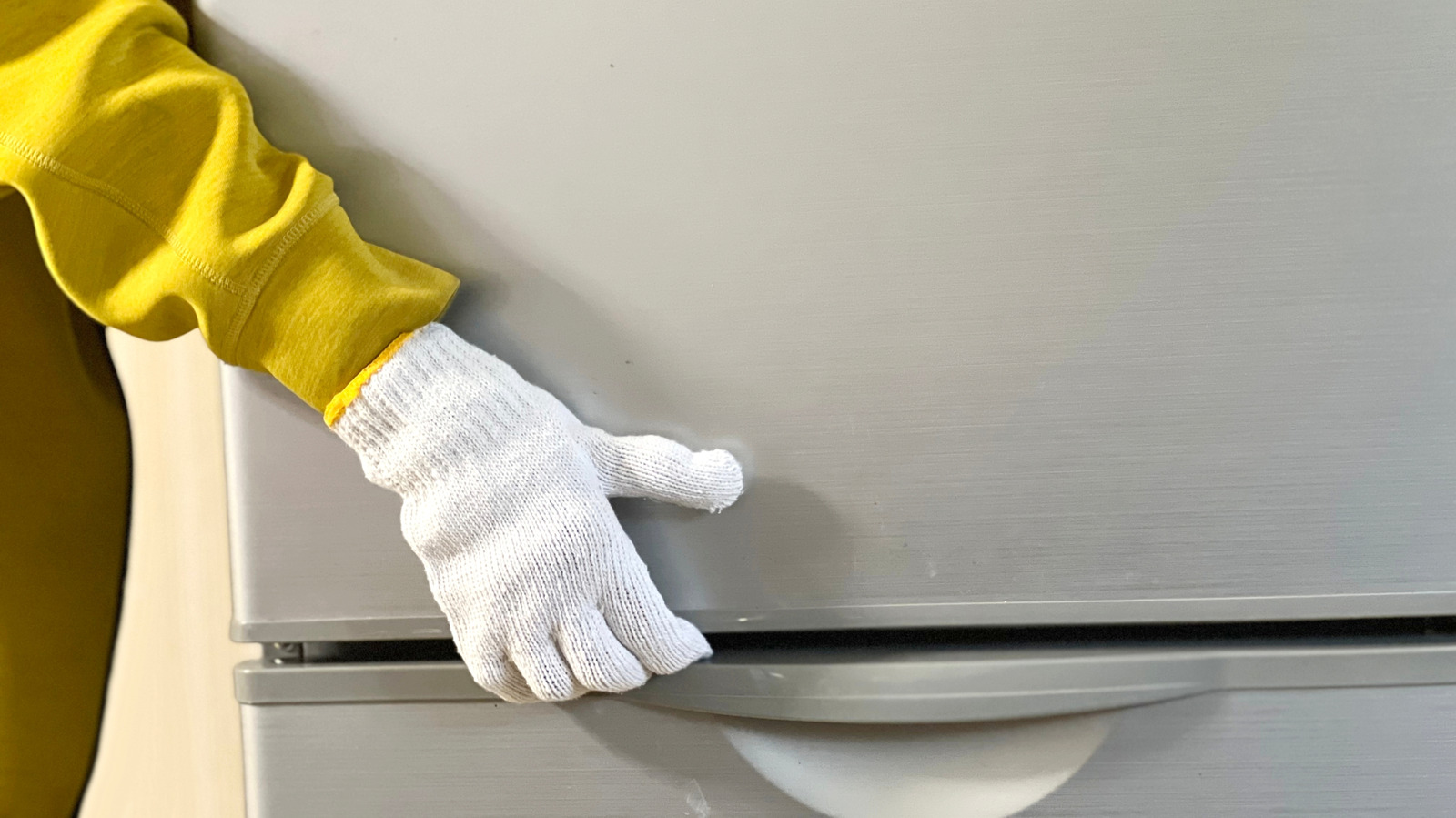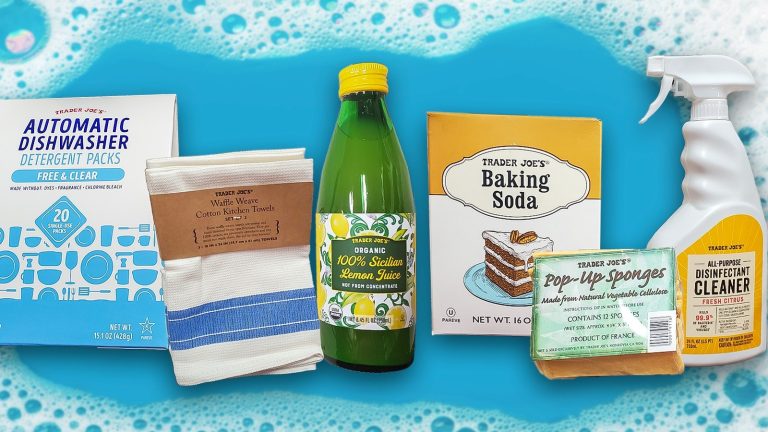Every kitchen appliance, like most household items, eventually becomes outdated. While it’s an exciting time to shop for the best kitchen appliances on the market, getting rid of them is more complex than simply throwing them away. After all, some of these appliances contain hazardous materials that harm the environment, which can lead to legal consequences. Whether you’re dealing with old kitchen appliances that are big, small, or somewhere in between, there are several things to know before disposing of them.
A common example is refrigerators, which preserve food using chemical refrigerants. Although this makes your fridge effective at keeping your food cold, proper disposal requires a professional. Improperly disposing of a refrigerator can result in fines up to $37,500 per day per appliance and per violation, under Section 608 of the Clean Air Act. The upside of recycling is that, in addition to avoiding huge fines, you could be lowering your utility bills and minimizing your carbon footprint.
Although this might appear daunting, there are several ways to properly recycle your old kitchen appliances. From professional recycling to donation, each pathway is cost-effective, and in some cases, profitable. Ultimately, it’s important to understand what options are available when recycling your kitchen appliances.
Some appliances require a professional to recycle them
For the most part, you’ll need a professional to remove or recycle your refrigerator, mini-fridge, and freezer. As a general rule, any appliance — in or out of the kitchen — that uses harmful chemicals must be handled by a professional. Moreover, these refrigerants, primarily chlorofluorocarbon (CFC) and hydrochlorofluorocarbon (HCFC), have ozone-depleting properties that help keep your fridge at the perfect sweet spot temperature for preserving food, but can also destroy the ozone layer while contributing to global warming when mishandled. Additionally, some fridges and freezers use foam insulation that contains ozone-depleting substances.
The need for a professional stems from the fact that mishandling these chemicals can lead to serious harm. Refrigerants can cause serious chemical burns, frostbite, as well as respiratory damage, which is why you should never attempt to remove the refrigerant yourself.
Some other kitchen appliances that do not technically require a professional, but are still recommended for responsible recycling, include dishwashers, ovens, range hoods, and even microwaves. Additionally, while not technically a kitchen appliance but commonly seen in kitchens, are washers and dryers. The metals and materials used to build these appliances contribute to harmful e-waste and expose people to lead, mercury, and other harmful contaminants. Fortunately, the appliance is generally low, and in cases, free or even profitable.
Utility rebates and retailer take back programs can save you money on your next appliance
Before you call and schedule a pickup, you should check with your utility provider about bounty programs in your local area. As the name suggests, bounty programs were designed to incentivize people to turn in their old appliances, and, in turn, the owner will be paid a “bounty” for the inefficient appliance. For the most part, local and regional utility providers are the ones who sponsor the program, hence why you should contact them. Similar programs are also available, offering a rebate or discount toward a new ENERGY STAR-qualified appliance. Like the bounty program, these rebate offers can be accessed through your electricity provider.
If you’re in an area that doesn’t offer bounty, rebates, or discounts, consider your local retailers, as major chains often offer proper recycling for your appliance. Costco’s “Haul Away” program will remove your old appliance at no extra cost with purchase of the replacement. Whereas other retailers, such as Lowes, offer a similar service for an additional fee. Keep in mind that this does vary from place to place due to logistics and it’s best to speak with customer service about specifics. For those of you who are buying a large appliance second hand and need to remove the old appliance, look to see if your area offers bulk pick and recycling.
Your city might offer bulk pickup for your appliance
Many cities throughout the United States offer pickup services for large, bulky items, which include kitchen appliances. In Los Angeles specifically, this service is free and you can call the city’s 24-hour hotline if you find such items abandoned on the side of the road. Whether a similar service is offered is dependent on your city as this is not available everywhere. However, after confirming local waste management can collect your old kitchen appliance, you’ll simply need to schedule an appointment.
For those living in towns without such services, you can skip calling your local officials to complain and instead reachout to the wastement management company the city employs. Hernando County, Florida, is one city that provides drop-off locations for its residents, but not pick-up services. However, Republic Services offers free pick up for bulk items upto four times a year. Keep in mind they cannot take your refrigerator but they can recycle ovens, dishwashers, and other large appliances.
Lastly, you can also contact scrap metal recyclers in your area. Many of these recycling facilities can assist you with properly disposing of your old refrigerator. Additionally, you can use the EPA’s website to find recycling facilities and organizations that participate in their Recycling Appliance Disposal program (RAD). If you find your fridge, oven, microwave, or any other kitchen appliance in perfectly good condition, you can always opt to donate to a local charity.
Consider donating your kitchen appliance to a local charity
Nonprofit organizations accept various kitchen appliances, from large, bulky refrigerators to small coffee pots. Additionally, many organizations offer free pickup for the donated goods, saving you from having to do the heavy lifting. That said, there is a bit of an unspoken rule of giving a small cash donation to cover transport, but that’s not required.
Before scheduling an appointment to pick up your old appliance(s), be sure to check the charity’s website to ensure your item is eligible. Organizations like Habitat for Humanity resell the goods to help fund their housing projects and ask that the appliances be in good working condition and less than 10 years old. When you schedule your appointment, organizations might ask for photos of the item being picked up. If approved, the movers will inspect the donation upon arrival and determine whether they can take it. After it’s accepted, be sure to ask for a donation receipt for future tax write-offs, which gives you money back based on the fair market value at the time of donation.
Giving to a cause while receiving money in return makes for a win-win situation. Regardless of how you’re removing your kitchen appliances, be it through a service, city program, or donation, you’ll need to properly prepare your appliance per the organization’s guidelines.
Prepare your appliances for recycling
Part of recycling or pickup services requires some preparation for smooth logistics. Moreover, certain appliances, like your freezer, need a cool-down period that can take several days. So, remember to properly store your frozen food while it defrosts. Additionally, for your refrigerator, freezer, and other appliances that contain refrigerant chemicals, it’s important to confirm with the organization whether they can accept your appliance with or without refrigerant. If not, you’ll need to either find a professional to remove said refrigerants or a different recycling company that can.
For large appliances, you should generally tape the doors shut and ensure cords are wrapped and properly contained for easy carry. Make a clear, easy pathway for the movers to come in and out of the house, keeping any pets in a separate room during removal. Moreover, you should empty your appliance and uninstall it from any water or gas lines unless stated otherwise. Retail haul-away programs, like the one at Lowe’s, require this to be done first before the movers arrive. For charity organizations, cleaning your donation before the scheduled pickup is best. After all, they are reselling the item.
Overall, there are many ways to properly recycle your kitchen appliances, big or small. Whether through a professional service or charity donation, a bit of research help will streamline the process and make for a much more pleasant experience.





